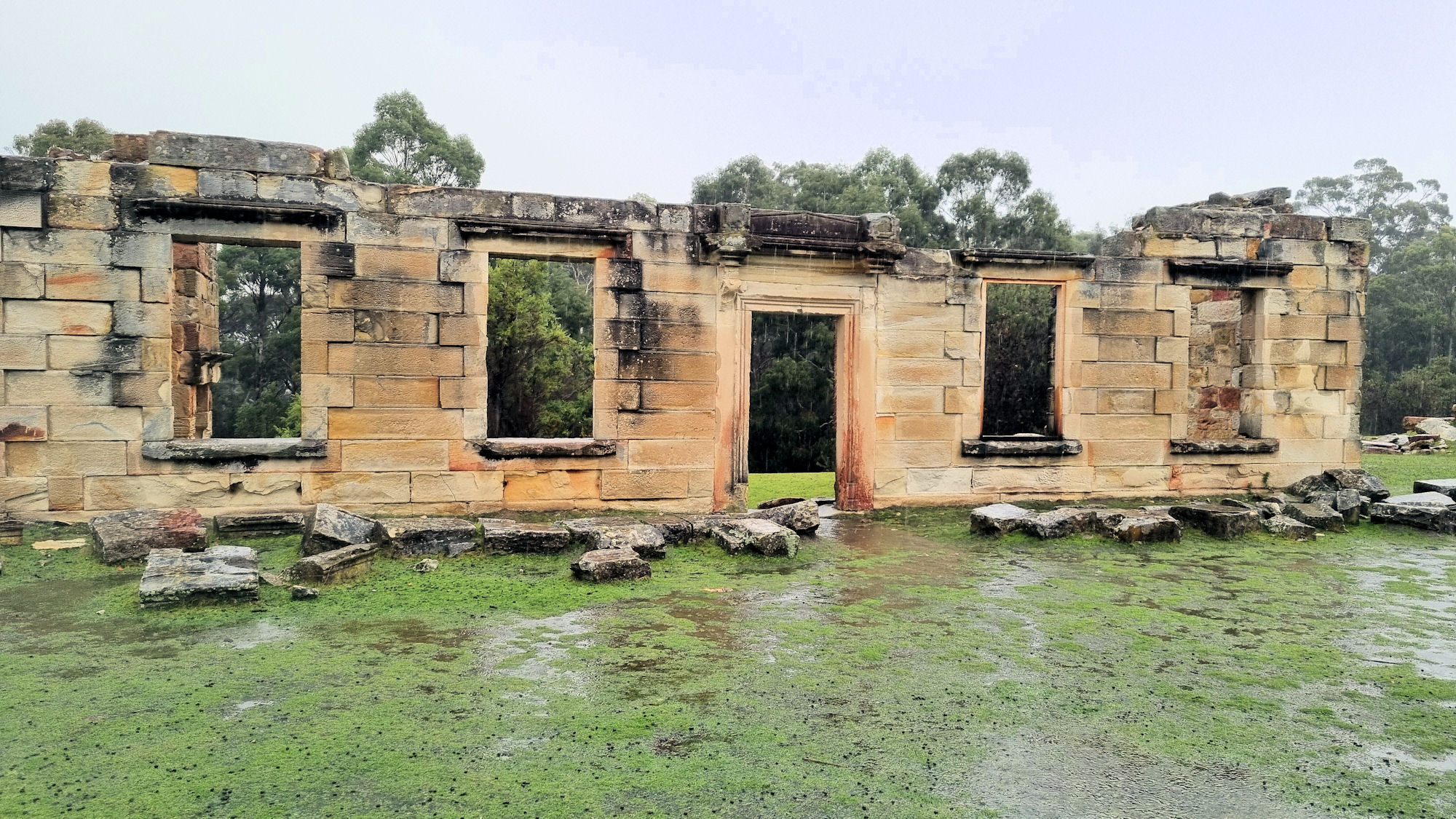Tag: travel
-
Cape Raoul Track Tasmania

Cape Raoul Track Tasmania Getting There Located in the south-western section of the Tasman Peninsula, the Cape Raoul Track has a large carpark and toilet facilities at the trailhead. There are no facilities on the track, so take all of the food water and spare clothing you will need. Weather in Tasmania changes quickly, so… Read more
-
Eagle Rock Royal National Park

Eagle Rock in Royal National Park Getting There There are several ways to get to Eagle Rock, but we chose to start from Wattamolla car park. With great parking and toilet facilities, its a good place to start and finish the walk. A daily entry fee per car is payable and a ticket can be… Read more
-
Coal Mines Historical Site Tasmania

Coal Mines Historical Site The location of Tasmania’s first operational mine, the Coal Mines Historical Site, is now part of a World Heritage listed site where the ruins form a reminder of the past. Interpretive signs throughout the site not only describe the buildings use, but provide an insight into life there, by describing the… Read more